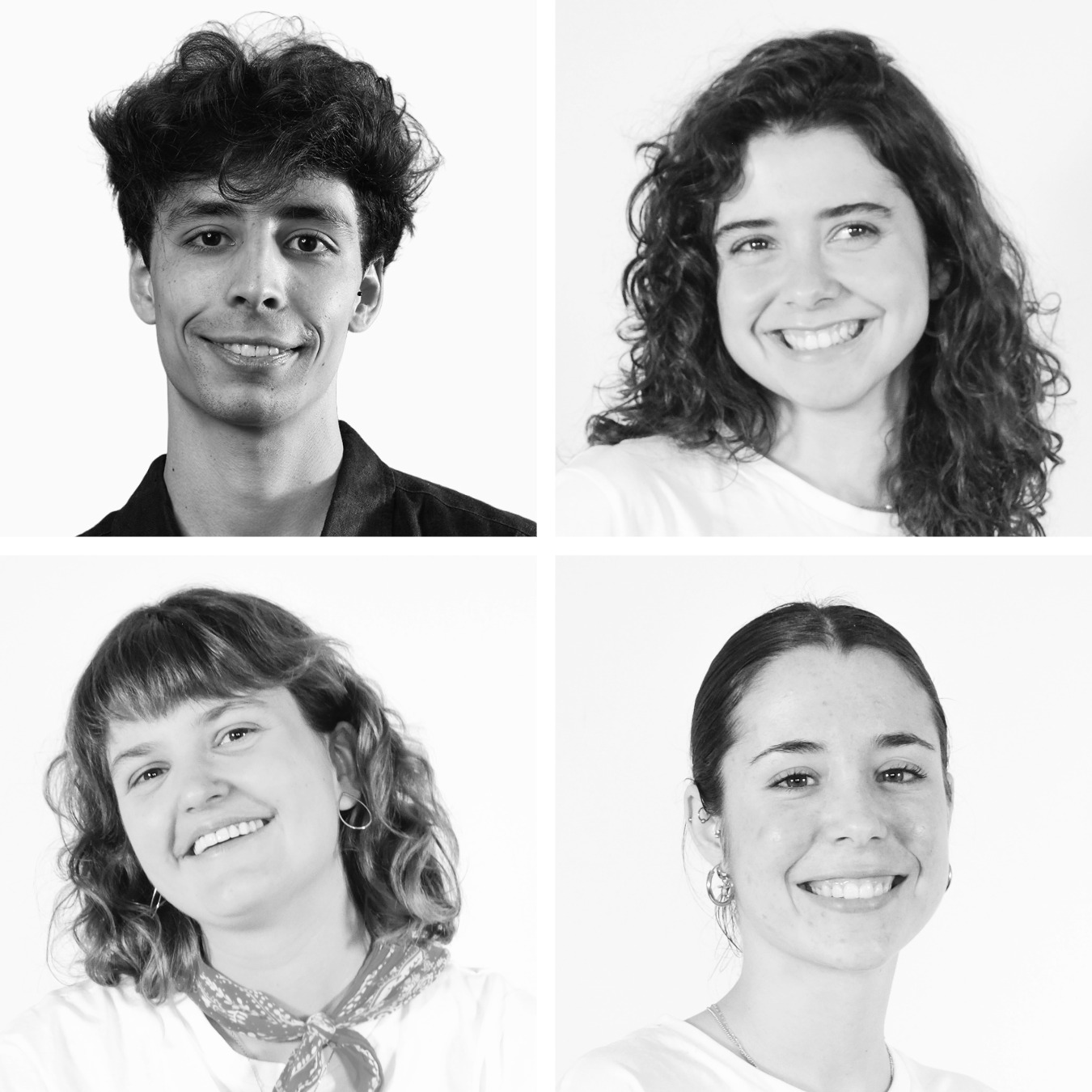Para qué sirve
BLUST solves the critical problem of cold chain failure in regions without electricity by combining ultra-efficient cooling, solar energy, advanced thermal insulation, and a clever carriage design, safeguarding internal supplies from extreme environments.
Qué te inspiró
The project was created to support Médecins Sans Frontières (MSF) in diagnosing epidemics in remote regions of Sudan, Niger, CAR, and DRC, where blood samples must be transported across extreme climates and poor infrastructure while staying between 2–8°C. The main challenge in this operations is the cold chain failure—when samples exceed this temperature limit and become unusable—mainly caused by the lack of electricity needed to refrigerate. With no existing solution addressing this major global issue, we set out to design an accessible and reliable system to be used by the courageous workers on the frontline of these critical missions.
Cómo funciona
BLUST is a medical device made of two parts: a Charging Unit (CU) and a Transport Unit (TU). When refrigeration is needed, the CU functions as a docking station for the TU, harnessing solar energy to power a green-chemistry battery that drives a thermoelectric module to cool the TU’s interior. The TU is a backpack that has three functional components: a multi-layer outer protective cover made from UV-absorbing, waterproof, impact-resistant materials with heavy-duty handles built for extreme weather and travel conditions; a thermal barrier of vacuum-insulated panels arranged to minimize heat transfer and maximize cold retention; and an inner vaccine carrier designed for intuitive use by non-experts, with a compartment system that isolates vials to prevent contamination and reduce cold loss. A lightweight aluminum skeleton inside the TU ensures even distribution of cold to each vial when docked to the CU, preventing both freezing and insufficient cooling.
Proceso de diseño
We followed a design engineering methodology structured in three iterative stages: research, ideation, and implementation. Our process began with an in-depth user-centered research phase. We analyzed the needs of MSF workers in remote African regions through research on photojournaling, user journey maps, and technical benchmarking. We visited MSF Logistique in Bordeaux to evaluate their current blood carrying system, identifying major limitations. In the ideation phase, we began with sketches and CAD models, then built multiple functional mock-ups and prototypes. We tested various cooling technologies for the CU, with final lab tests running for hours to generate performance graphs simulating real-world conditions. Several CFD simulations for thermal analysis were performed to optimize temperature distribution across the aluminium skeleton, predict heat transfer rates on walls, and prevent overheating in parts housing electronics. The external textile was handcrafted, designing custom sewing patterns to ensure thermal insulation, ergonomic transportation, and durability. After iterative testing and feedback from MSF engineers, we built the final, fully functional system with support from a crowdfunding campaign mainly backed by family, friends, and professors.
Qué lo hace diferente
BLUST stands out for its self-reliance in off-grid settings and two-unit design. This last allows for independent transport and recharging, improving portability, efficiency, and streamlining field operations. Unlike current devices, BLUST is lightweight, user-friendly, and purpose-built for contexts like those faced by MSF. Its modular structure means one unit can carry samples while the other recharges, optimizing time and resources in regions without access to electricity. It also offers major sustainability improvements through locally sourced materials and a design that’s easy to disassemble, recycle, and maintain. It holds more samples without needing ice, cools faster, and uses substantially less energy. Electrical safety features, an anti open-lid system, and temperature sensors protect both samples and users. Designed for professionals and non-experts, it prevents misuse—the leading cause of cold chain failure—preserving samples for analysis.
Planes para el futuro
The BLUST Team plans to launch a startup to further develop and scale the project. Securing funding is crucial to us to advance beyond the initial prototype. Our partner organization, Doctors Without Borders (MSF), has expressed their interest in manufacturing, commercializing, and deploying BLUST in real-world operations. Discussions around patenting and intellectual property are ongoing, with the aim of ultimately transferring rights to non-profit humanitarian organizations to enable global use. Our objective since the beginning has been to maximize impact, not economic profit, by ensuring BLUST remains accessible to those who need it most.
Premios
BLUST has won the iF DESIGN Student Award 2025 with the special recognition "Best of the Year", receiving the highest distinction among more than 7,000 submissions worldwide.



Conectar